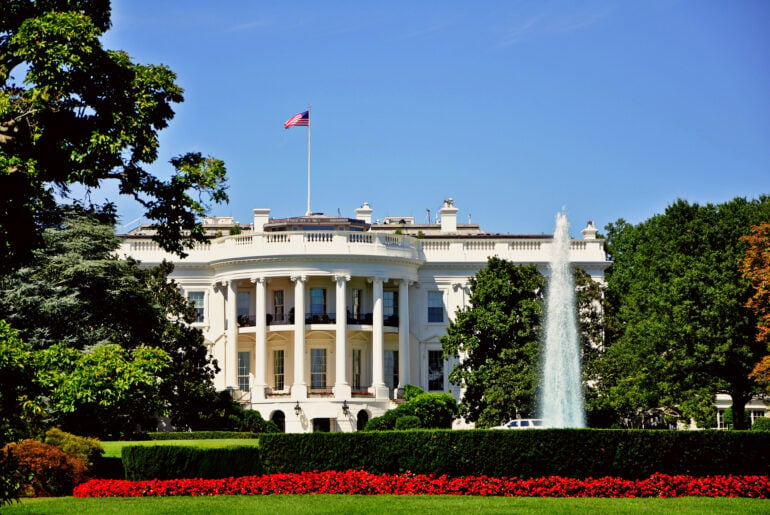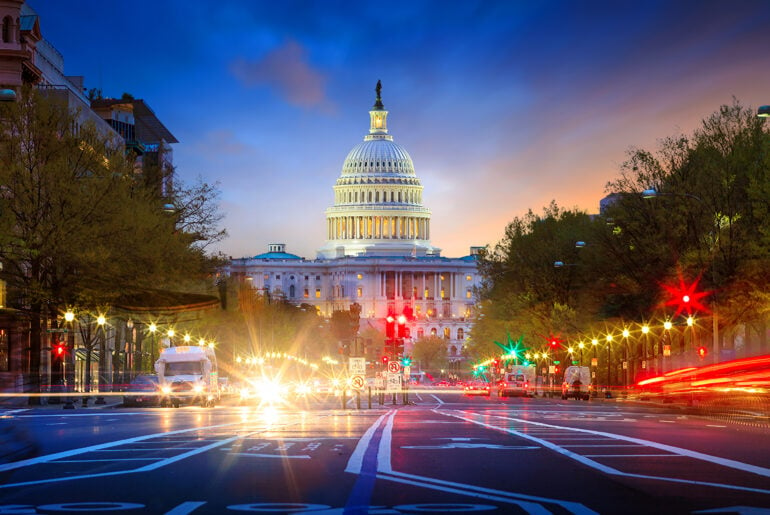The Internal Revenue Service has issued welcome guidance related to the COBRA subsidy provisions under the American Rescue Plan Act (“ARPA”) in the form of IRS Notice 2021-31 (the “Notice”).
As background, for the period from April 1, 2021, through September 30, 2021, ARPA requires employers to provide a 100% COBRA premium subsidy (the “COBRA Subsidy”) for “assistance eligible individuals” (an “Eligible Individual”). In general, an Eligible Individual is anyone who elects COBRA continuation coverage due to a loss of coverage as a result of any reduction in hours or an involuntary termination of employment. The employer recoups the cost of the COBRA Subsidy through a dollar-for-dollar tax credit that applies to reduce the employer’s share of the hospital insurance premium component of FICA taxes paid on employee wages.
In many cases, the Notice mirrors the guidance issued under the American Recovery and Reinvestment Act of 2009 (“ARRA”). Below is a summary of some of the key guidance points included in the Notice.
Involuntary Termination
Similar to the definition used under ARRA, an involuntary termination of employment means “a severance from employment due to the independent exercise of the unilateral authority of the employer to terminate employment, other than due to the employee’s implicit or explicit request, where the employee was willing and able to continue performing services.” A determination of whether a termination of employment is “involuntary” is a facts and circumstances determination.
The Notice clarifies that resignations based on good reason or constructive termination may be considered involuntary terminations for purposes of the COBRA subsidy depending on the facts. Similarly, involuntary terminations include employee participation in a voluntary “window” severance program where employees who do not elect to participate are facing impending termination. Not all window severance programs carry impending terminations for employees who do not elect to participant and even where impending terminations may be part of the window program that is not always communicated to employees. Thus, it is unclear whether the COBRA Subsidy would apply in those situations.
Coordination with Voluntary COBRA Subsidies Provided by Employers
If an employer does not otherwise voluntarily subsidize COBRA premium costs, the tax credit that the employer can claim is the premium amount not paid by the Eligible Individual (which can include the traditional additional 2% administrative charge permissible under COBRA). Any amount voluntarily subsidized by the employer is not eligible for the tax credit. For example, if a severance plan provides that the employer will pay 100% of the COBRA premium for two months following termination, the employer could not take a tax credit for the voluntary subsidy provided during those two months. Similarly, if the plan only provided for a partial voluntary subsidy (e.g., the employer portion of active premiums), the tax credit can be claimed only for the reduced premium that would have been paid by the employee for those two months (that is, in this case, the employee portion of the premium). Thus, employers may want to revisit severance plans that provide for voluntary subsidized coverage during the ARPA COBRA Subsidy window.
Self-certification or Attestation
Individuals who have access to other group health coverage or Medicare are not eligible to receive the COBRA Subsidy. The Notice clarifies that an employer may, but is not required to, have individuals self-certify that they are eligible for the COBRA Subsidy and that they are not eligible for other group health plan coverage or Medicare and the employer may rely on that self-certification absent actual knowledge to the contrary. The Notice also notes that claiming the tax credit will require documented substantiation. An employer is allowed to rely on other evidence to substantiate eligibility (for example employment records), but collecting attestations and/or self-certifications of eligibility would be advisable.
Interaction with Extended Election Deadlines
Disaster Relief Notice 2021-01 suspended the timeframe to make a COBRA election until the earlier of one year or until 60 days after the conclusion of the COVID-19 National Emergency. Initially, it was not clear how this extended deadline for electing COBRA was intended to interact with ARPA. The Notice clarifies that the extension of timeframes under the Disaster Relief Notice do not apply to the ARPA timing requirements for providing notice or the extended election period. Thus, if an Eligible Individual receives notice of an extended election period he or she can elect COBRA continuation coverage within 60 days of receiving the notice. The individual may elect COBRA coverage for only the period eligible for the COBRA Subsidy, or he or she may also elect retroactive coverage back to the date of the original loss of coverage. The election of retroactive coverage would require the person to pay the COBRA premiums for periods of coverage before April 1, 2021. However, the extensions of the timeframes under the Disaster Relief Notice for paying those premiums would apply. If the individual does not elect retroactive coverage at the same time that he or she elects subsidized COBRA coverage, he or she cannot later elect COBRA coverage under the extended period described in the Disaster Relief Notice.
Some other topics of interest set forth in the Notice include:
- Coordination of the application of the COBRA Subsidy for employer provided retiree medical coverage.
- Clarification that the COBRA Subsidy is available for coverage under vision-only plans, dental-only plans, and health reimbursement arrangements;
- Clarification that any reduction in hours that results in a loss of coverage, regardless of whether voluntary or involuntary, can make someone an Eligible Individual.
- Details on claiming the tax credit.
The above is only a brief summary of some of the more prominent aspects of the Notice. There are still aspects of the COBRA Subsidy not addressed by the Notice. Employers may wish to review the Notice in detail with benefits counsel to determine how the guidance impacts their COBRA administration.



